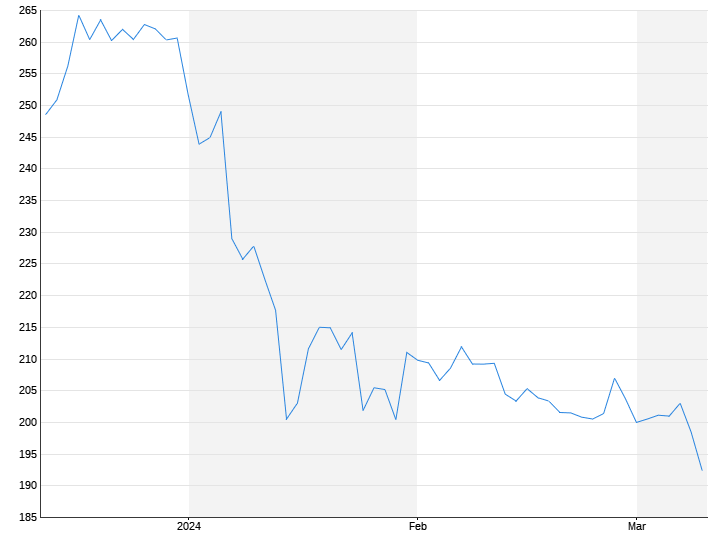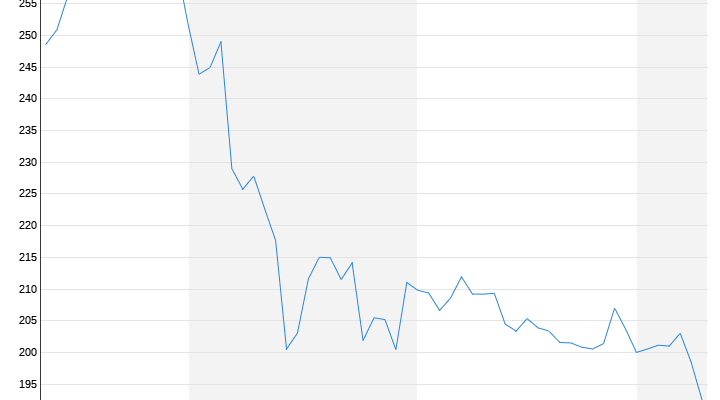Examination of the 737 MAX
Boeing fails 33 aviation safety tests
March 12, 2024, 7:24 a.m
Listen to article
This audio version was artificially generated. More info | Send feedback
Due to the recurring problems, the US aviation authority is initiating a detailed inspection of the Boeing 737 MAX. The results are sobering: the aircraft manufacturer fails a third of the safety tests. A key supplier only passes half of the tests.
The US aircraft manufacturer Boeing failed in more than a third of the tests on the 737 MAX during an extensive safety review by the US Federal Aviation Administration (FAA). In an investigation into the production process that was initiated after a cabin wall was torn off during a flight, the Airbus rival failed 33 of 89 tests, reported the US newspaper “New York Times”.

During the comprehensive review, Boeing failed, among other things, the test involving the component that broke out of an Alaska Airlines plane in January. The supplier Spirit AeroSystems, which makes the fuselage for the MAX, only passed six of thirteen audits, the report said. Spirit also failed to assemble the cabin wall component. The FAA, Boeing and Spirit did not immediately respond to a request for comment.
During the tests, among other things, concerns were raised about the technicians because Boeing apparently failed to “identify the skills required to operate its processes,” writes the New York Times. Last week, the FAA announced that it had discovered defects in production: violations of specifications had occurred, among other things, in the monitoring of production, the handling of components and product control.
Four fastening bolts were missing
On January 5th, part of the cabin wall of an Alaska Airlines 737 MAX-9, which was only a few weeks old, broke off at an altitude of around five kilometers. After the near-miss with a Boeing 737-9 MAX at the beginning of January, the US Department of Justice also began an investigation. The 177 people on board largely escaped horror. However, experts pointed out that by a lucky coincidence the two seats at the hole in the fuselage remained empty. According to initial investigations, the accident investigation authority NTSB assumes that four fastening bolts were missing from the fuselage part.
The Boeing 737 MAX had already caused massive problems for Boeing in recent years. After two plane crashes in Indonesia and Ethiopia with a total of 346 deaths, a global ban on flights of this type was imposed in March 2019, which was only lifted at the end of 2020 after technical revisions.
